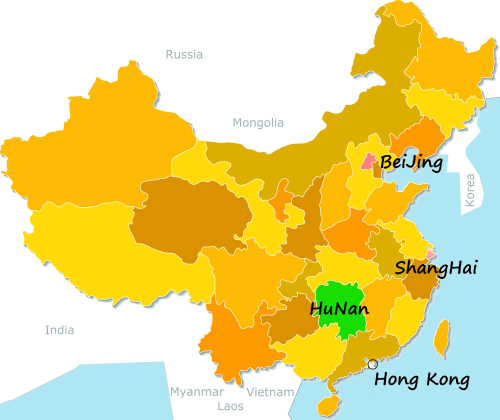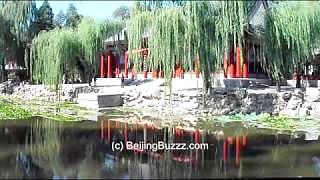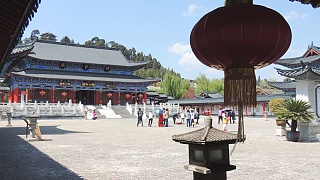Provincial capital of HuNan province.
[640],shadow=true,start=,stop=
Live more ...
 This is ChangSha 长沙 …
This is ChangSha 长沙 …Provincial capital of HuNan province.
[640],shadow=true,start=,stop=

|
A beautiful 'garden within a garden'.
The first film BeijingBuzzz ever made; a 'one shot' movie. Filmed at the end of September 2010.
|

|
Over an hour of beautiful photographs taken throughout YunNan province ...
Plus wonderfully relaxing music :)
|

|
With Walk East ...
|

|
A cuisine masterclass for cooking this classic Chinese food dish ...
|

|
With Living Asian ...
|

|
Filmed, edited and produced by : Maarten de Haas.
Places include GuiLin, YangShuo, The Great Wall of China, the 'Avatar mountains' of ZhangJiaJie, DeQin, ShangRiLa, Tibet and Tiger Leaping Gorge.
|